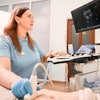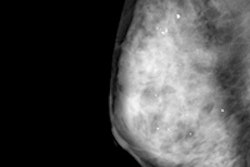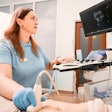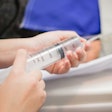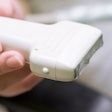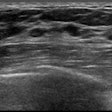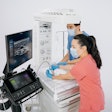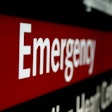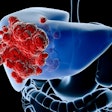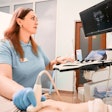Monday, November 30 | 10:00 a.m.-10:10 a.m. | RC215-08 | Arie Crown Theater
Since the first breast density notification law passed in Connecticut in 2009 -- sparking an increase in breast ultrasound exams as an adjunct to mammography -- there has been a marked improvement in the quality of these exams, with fewer false positives and a higher positive predictive value, according to research to be presented on Monday.A team led by Dr. Liane Philpotts of Yale University reviewed all screening ultrasound exams performed at a satellite office of the university between October 2014 and February 2015. The researchers determined the final BI-RADS ratings and the positive predictive value for the modality. Then, they compared these exams with those acquired in the first year after implementation of Connecticut's breast density notification law, between October 2009 and September 2010.
The group found that 756 supplemental screening ultrasounds were performed, of which 94% were reported as normal. Forty cases, or 5%, were reported as BI-RADS 3 (probably benign). Eight biopsies were recommended (1%), of which two were malignant, for a positive predictive value of 25%.
These results showed improvement when compared with the 2009-2010 period. During the earlier time frame, 75% of supplemental screening ultrasounds performed were normal and 20% were reported as BI-RADS 3. Five percent of exams were recommended for biopsy, and the positive predictive value of these biopsies was 6.5%.
In sum, screening breast ultrasound outcomes have greatly improved since the Connecticut law went into effect, which Philpotts and colleagues attributed to technologist experience.

